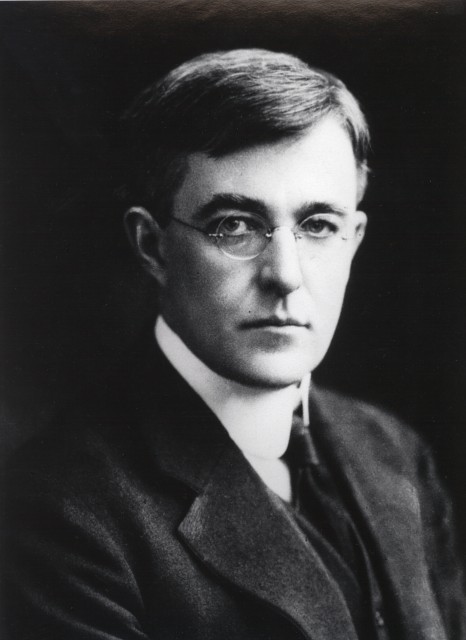Irving Langmuir
1881-1957

Langmuir spent his entire scientific career at the General Electric Research Laboratory in Schenectady. There he was to make not only fundamental discoveries in science but very practical ones as well. His studies of molecular films on solid and liquid surfaces (the Langmuir adsorption isotherm; the Langmuir-Blodgett films) opened new fields in colloid research and biochemistry and won for him the 1932 Nobel Prize in Chemistry. His invention of the gas-filled electric light bulb greatly extended the life of the tungsten filament. He also developed high vacuum tubes used in radio broadcasting and an atomic hydrogen blow-torch capable of attaining temperatures comparable to those on the sun's surface. Langmuir introduced the term "covalence" into chemistry, and until the development of quantum mechanics the Lewis-Langmuir theory of chemical bonding accounted for much chemical information known at the time.
Sponsor: Thomas J. Pinnavaia
Location in chemistry building: Basement Floor; Elevator Area West Wall; Sequence 2
Source: Chemical Heritage Foundation